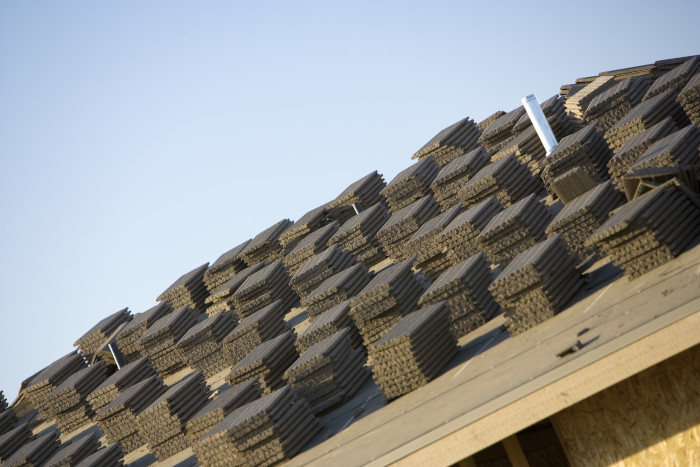Leaking can easily be considered as one of the most common roofing problems homeowners have to face. Because of it, there’s been a rise in demand for a roofing material that can prevent such problem and provide more benefits. Get to know more about it below:

What are Rubber Roofs?
Single-ply synthetic membrane rubber roofing is ideal for use over low-sloping or flat roofs because it is durable, pliable, and waterproof. Whether they are made from synthetic rubber polymers or are made from plastic polymers, rubber roofs are designed to go in places where asphalt shingles don’t perform well.
Synthetic single-ply roof systems are not the cheapest way to re-roof a home in the short term (roof material is generally measured by the “square”, which translates to 100 square feet; rubber roofing is likely to cost about $300 or $400 per square, while asphalt shingles are usually less than $100 per square). Rubber roofs, however, can last twice as long as other types of roofing and can save on energy costs, so they save you both time and money in the long run. Source: HomeAdvisor
Advantages and Disadvantages
While rubber roofing is often a good option, there are some disadvantages. Here are some pros and cons of rubber roofing that will help you make a decision on whether or not it is the way you want to go:
| Pros | Cons |
|
Should last 40-50 years Requires little-to-no maintenance Quick installation Repairs are easy and inexpensive “Green” choice Highly energy efficient Extremely fire-resistant Withstands high winds Cost is lower than most other roofing options |
Not as aesthetically pleasing May be hard to find a experienced installer Repainting required after 10-12 years Traditionally used for flat or low-sloping roofs Not as many colors to choose from |
Source: Fixr
Care and Maintenance
Like any roofing material, rubber expands and contracts as temperatures fluctuate. For leaks and cracks in the rubber, simply cover them with a latex tape or sealant. If a portion of your roof is especially wrought with cracks, you may want to consider patching it with new rubber shingles or with a smaller roll of rubber roofing.
To be safe, many homeowners with rubber roofs opt to coat the entire rubber roof system in liquid rubber or a similar liquid sealant to prevent upkeep and maintenance down the road. Source: Home.HowStuffWorks
Do you have any roofing needs? We’ll take care of it you. Give us a call today and get a free estimate!
Contact:
Kerrisdale Roofing & Drains
8296 Ross St, Vancouver, BC V5X 4C6
(604) 360-2114
No comments:
Post a Comment